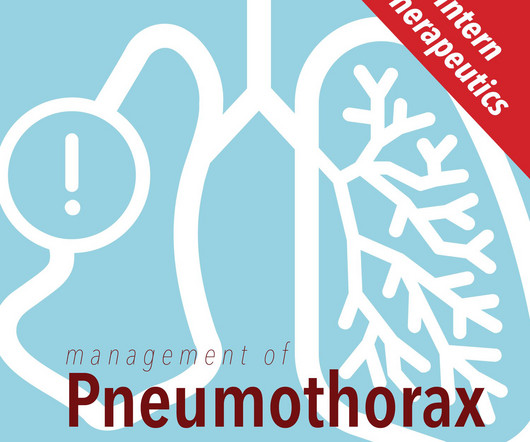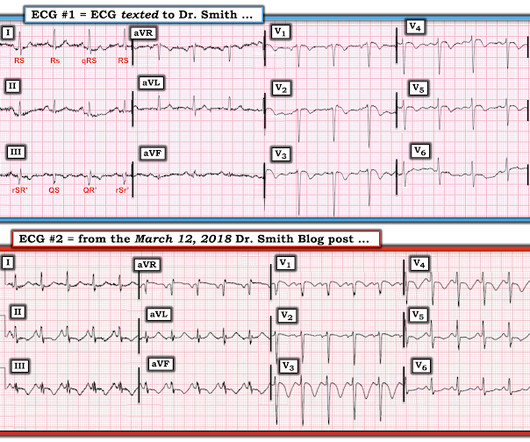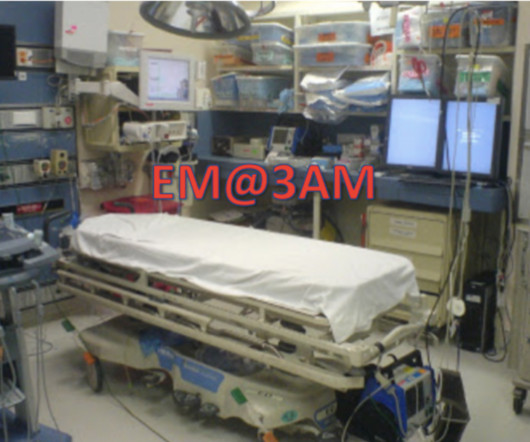Episode 21- Updates and Controversies in the Early Management of Sepsis and Septic Shock
EB Medicine
OCTOBER 1, 2018
This month, we’ll be talking Updates and Controversies in the Early Management of Sepsis and Septic Shock. In 2014, the Society of Critical Care Medicine and the European Society of Intensive Care Medicine started a task force, and by 2016, updated definitions were out again! I’m Jeff Nusbaum, and I’m back with my co-host, Nachi Gupta.













Let's personalize your content